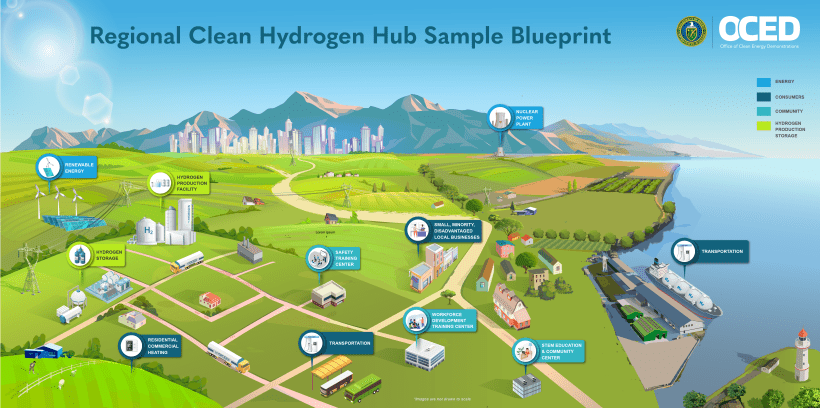
As billions of dollars flood into the historically niche electricity sector, U.S. power generation is having a moment and entering what may be its most consequential investment cycle in decades. The U.S. power space saw record levels of capital investments in 2024. These billions in new investments are coming not just from legacy participants, but from a diverse set of newcomers and strange bedfellows, ranging from big tech companies looking to fund co-located nuclear reactors to renewable developers seeking to expand into natural gas.
From Wall Street to Houston to Silicon Valley, these investors are trying to cash in on the presumed and speculative promise of a boom in power demand. This growth in electricity consumption is tied primarily to the onset of hyperscale artificial intelligence data centers, with some research suggesting that U.S. data center power consumption will more than double by 2030.
But the reality is the current state of play in the U.S. power sector is textured by both newfound and historical volatility and chaos. By diving headlong into the space, new entrants are entering a landscape confronted by policy and regulatory disorder, local opposition, prolonged development timelines, and shortages in both labor and equipment.
Equipment supply for key components such as natural gas turbines and transformers is particularly backlogged, while labor, material, and insurance costs are surging. Permitting remains complex and highly localized. Gas pipeline and electric transmission constraints continue to throttle otherwise viable projects. NIMBYism is ubiquitous. Financial incentives, such as those on offer from the Department of Energy or Public Utility Commission of Texas, are proving insufficient. And above all, there is no silver bullet, including from policymakers, to address these challenges.
This curious and counterintuitive trend of growing participation despite significant uncertainty is most evident with natural gas generation, an asset class that has faced some of the most challenging headwinds over the last decade. Today, a historically diverse cast of characters—from renewable developers to midstream oil giants, legacy utilities, and even data-center operators—is rushing to integrate vertically, by developing, owning, and operating natural gas-fired power.
Each believes they can capitalize on what they have known and done best in their respective sectors and markets. Renewable energy firms are leaning on their permitting know-how and interconnection experience. Midstream players are exploiting fuel access and large-scale project delivery capabilities. “Poles-and-wires” utilities are leveraging regulatory expertise and streamlined balance sheets. Technology companies are flexing healthy operating margins and a diverse pool of talent.
But not all appear to fully appreciate the potential risks of such a business expansion. The sobering reality is that successfully investing in, and navigating through, the power generation space has arguably never been as challenging as it is today. The urge to move quickly and not be left behind is supercharged by recent reports of tech companies canceling select data center leases, and domestic chip-fabs seeing mounting delays.
Firms with abundant access to capital, levers to minimize costs, access to novel technologies, and existing strategic partnerships may emerge stronger. However, many others risk burning good money on growth that may never materialize. Deep balance sheets do not automatically translate to real and/or profitable megawatts. The guiding principle here has to be “buyer beware,” especially among the vast number of newcomers.
Historical events could serve as inspiration for drawing up a more cautious playbook. Specifically, in the late 1990s, federal and state deregulation efforts unleashed a wave of these “non-utility generators,” who flooded newly formed merchant wholesale power markets with their natural gas development projects, only to confront stagnant demand, oversupply, compressed profits, and eventually, painful bankruptcies.
In order to avoid potentially disastrous outcomes, it is vital that investors separate froth from substance. Exhibiting discipline around capital allocation—to whom, when, and how much—is key. Patience, especially as it relates to sufficiently long investment horizons, is a virtue. Identifying innate “rights-to-win” and appropriate “product-market fits” are imperative.
In a highly regulated and complex sector such as electric power, a track-record of expertise trumps deep pockets. Unlike Silicon Valley, “moving fast and breaking things” is not an option, especially when one is striving to avoid stranded asset risk, crippling write-downs, and abandoned projects. Proceeding cautiously—measuring twice and cutting once—is vital not only to the prosperity of individual investors, but also in strengthening a sector that is vital for America’s prosperity.
—Akshat Kasliwal is an energy expert at PA Consulting.


















